Neural engineering
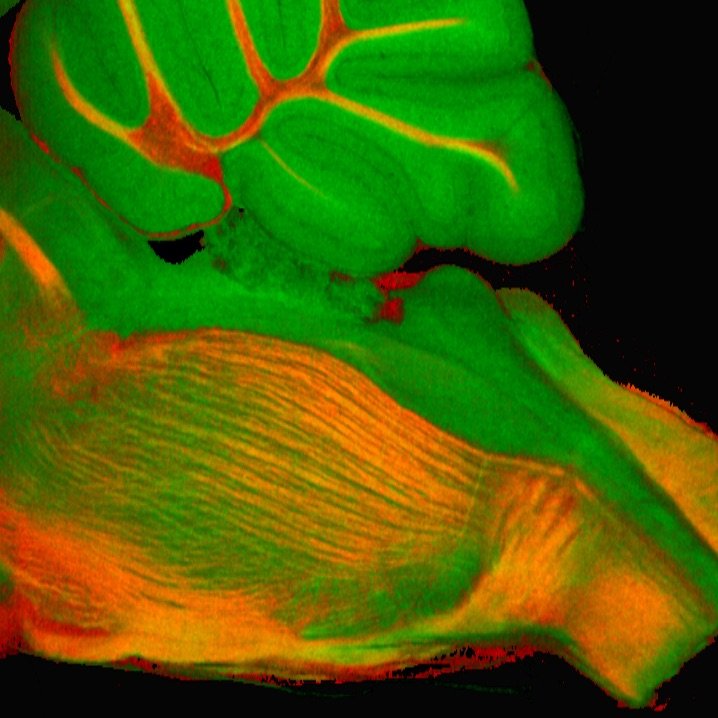
Imaging tools to better understand the brain
The Akkin Lab develops non-contact optical imaging tools to study tissue structure and function, with an emphasis on better understanding the brain. Non-invasive or minimally invasive applications in medicine are possible, because the techniques use back-scattered light.
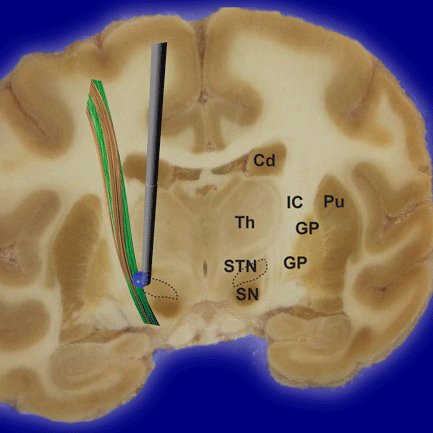
How brains respond to stimulation therapies
Matthew Johnson's research lab aims to understand how the nervous system responds and adapts to stimulation-based therapies, such as deep brain stimulation. Their studies are improving these therapies to help people with Parkinson's disease and Essential Tremor reclaim control over their motor function.
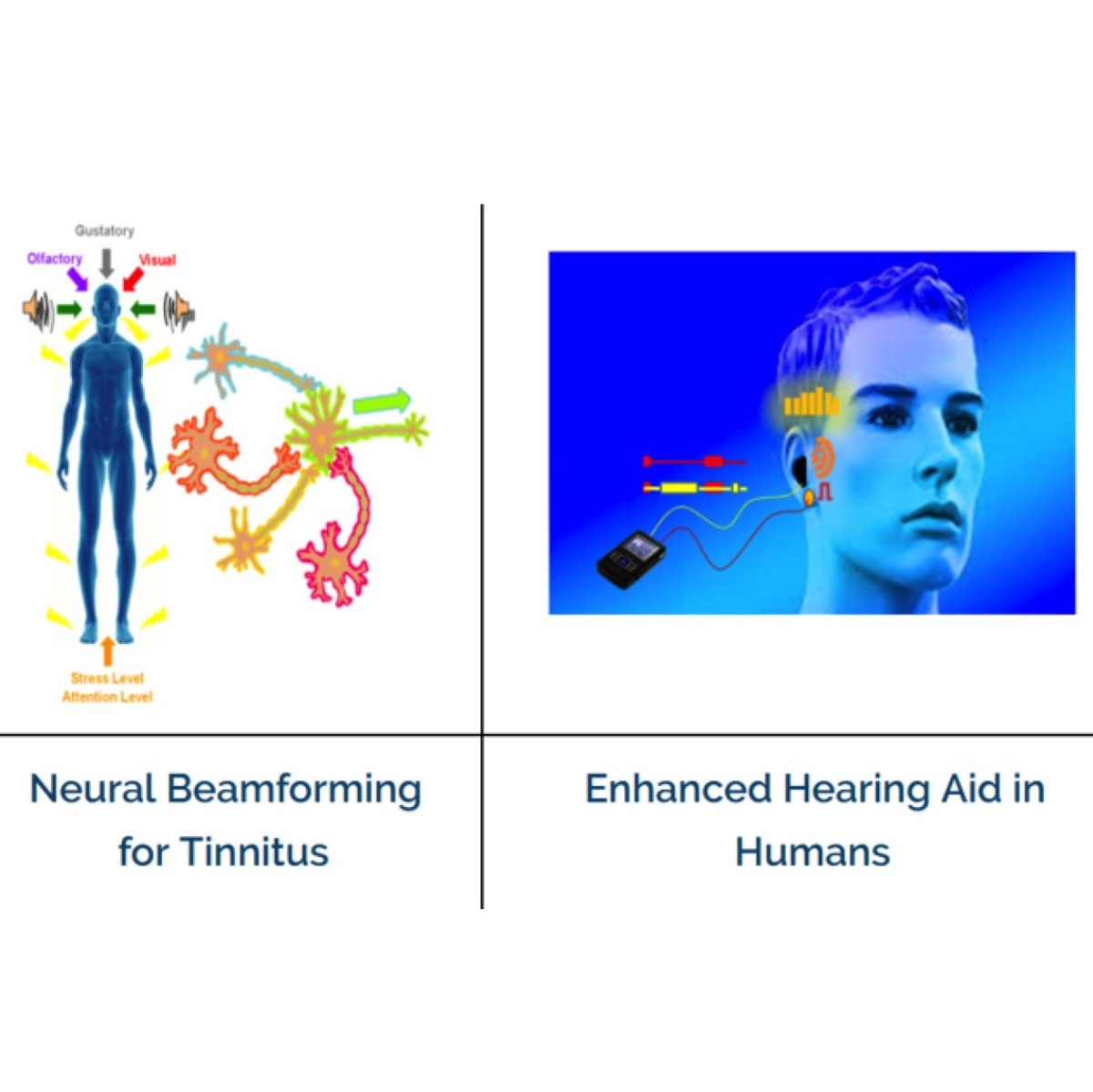
Technologies to treat hearing issues and pain
Hubert Lim’s lab develops neural interfaces and medical technologies, working with clinicians and companies to bring ideas to trials so they can potentially become real-world solutions. The team uses approaches like electrical stimulation and neural recordings, with a focus on hearing loss, tinnitus, and pain.
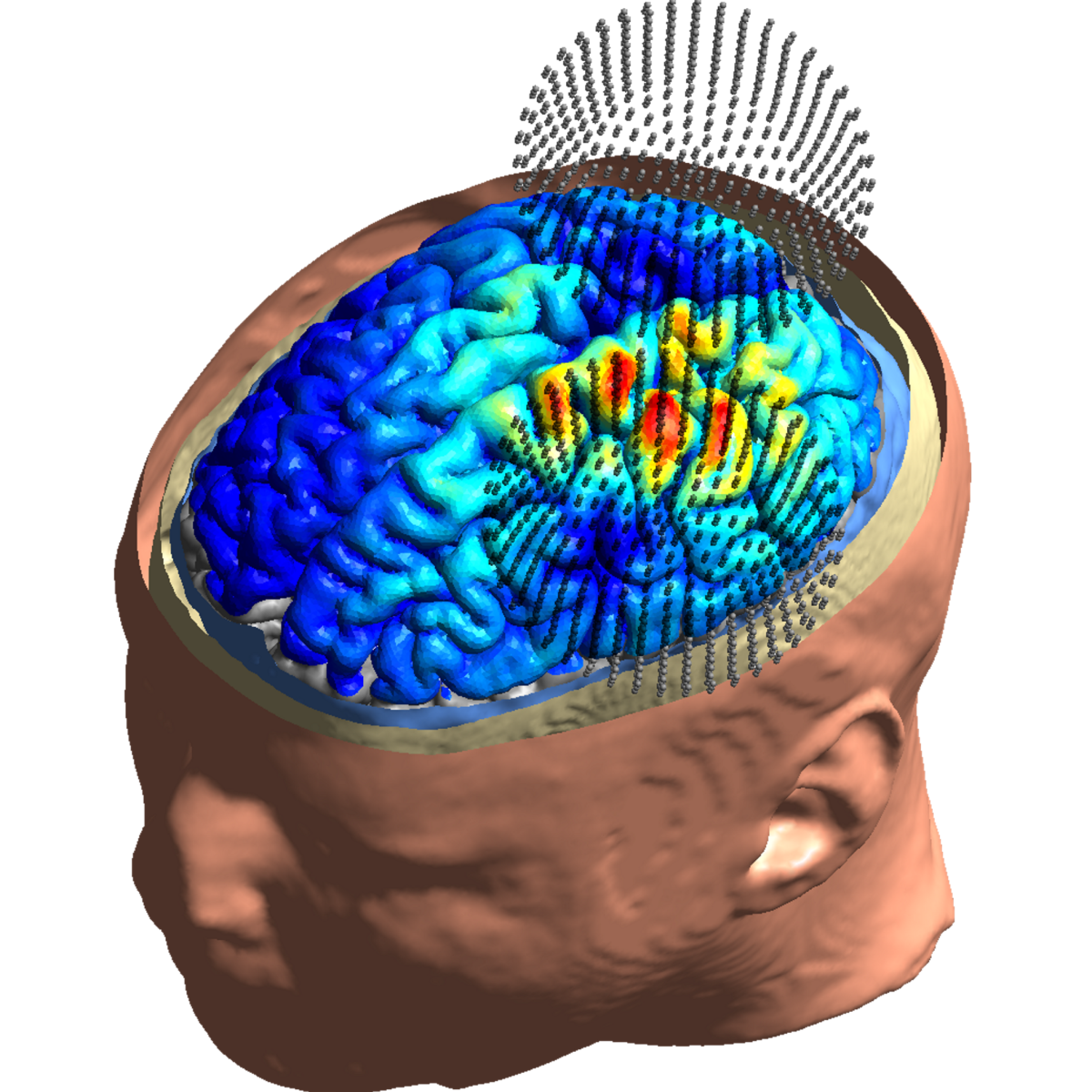
Technology that tackles brain disorders
Alexander Opitz's lab aims to improve non-invasive brain stimulation technology, which people respond very differently to. The team is identifying individual predictors, to help create a future where there are personalized treatments for brain disorders like depression.
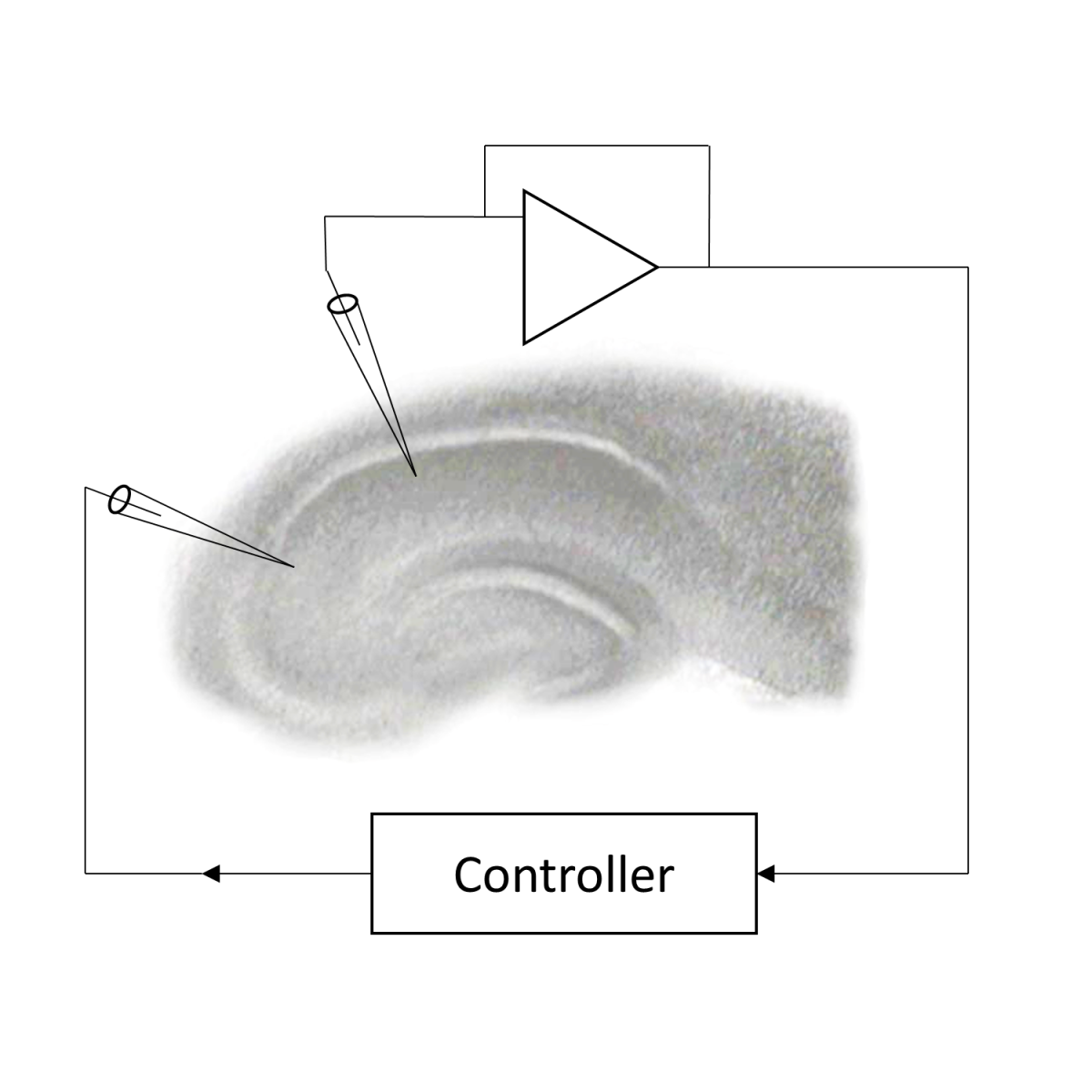
Optimizing stimulation therapy algorithms
The NeuralNetoff lab aims to give patients the best outcomes from electrical stimulation, a patient-specific therapy that varies widely in its effectiveness. They’re testing therapies and optimizing algorithms, to help people with conditions like Parkinson’s, epilepsy, and chronic pain.
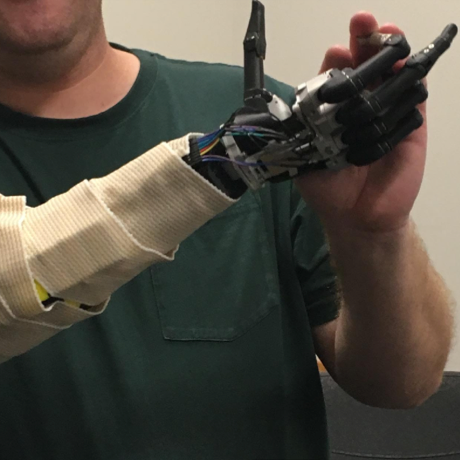
Implantable brain chips
Zhi Yang’s lab studies the emerging area of implantable brain devices that can understand thoughts, such as to help amputees control robotic limbs or enable new electroceuticals. They’re developing neural recording, processing, and stimulation chips, and have devices in clinical trials.